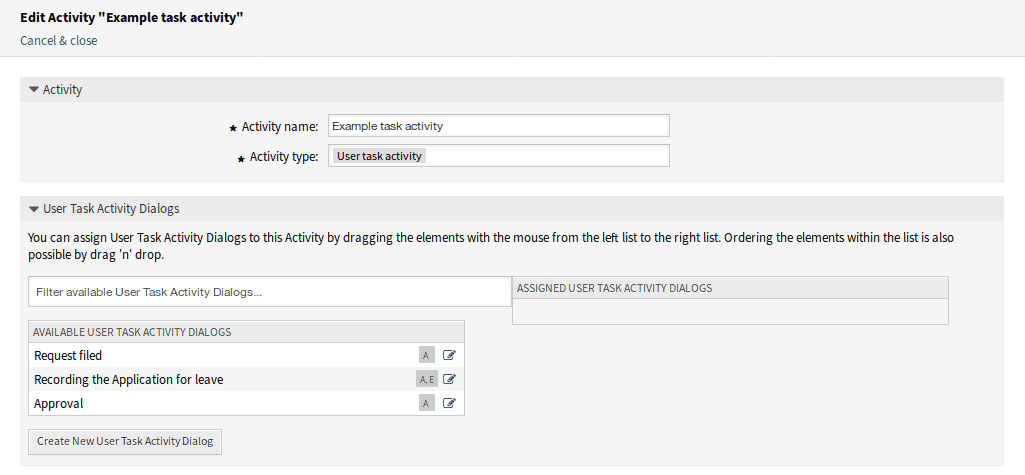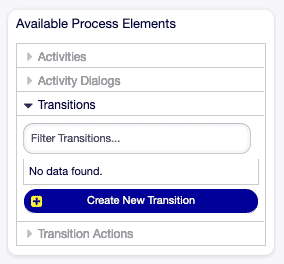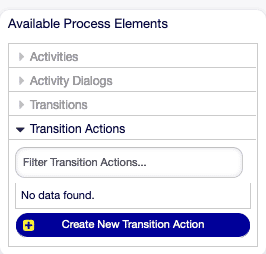description: >
Discover how OTOBO / Znuny process management can support your organization through efficient workflows
and the reduction of human errors.OTOBO / Znuny Ticket System – Process Management
The OTOBO Process Management module enables graphical modeling, automation, and monitoring of your business processes. From requirement capture to final approval, clearly defined workflows ensure higher efficiency, lower error rates, and transparent workflows.
Table of Contents
- Benefits at a Glance
- Creating and Editing Processes
- Activity Types – Details & Screenshots
- Transitions and Actions
- Export & Import
- Best Practices & Tips
Benefits at a Glance
- Consistency: Standardized workflows minimize manual errors.
- Traceability: Every step is documented; logs can be audited.
- Automation: Automatic transitions and actions accelerate the process.
- Integration: External services and user inputs are seamlessly incorporated.
Creating and Editing Processes
- Open Module: Navigate to Processes & Automation → Process Management.
- Create New Process: Clicking Add Process opens the canvas.
- Name & Description: Give your process a unique name and a brief note on its purpose and scope.
- Save & Deploy: After modeling, click Save & Deploy so tickets can use the new process.
Activity Types – Details & Screenshots
Script Task Activity
Execute OTOBO-specific scripts, e.g., for data preparation.
Most Important Fields:
- Activity Name
- Script Selection
- Parameters (Key/Value Pairs)
Service Task Activity
Call external web services and process their responses.
Most Important Fields:
- Web Service Selection
- Invoker Configuration
- Timeout & Error Code
User Task Activity
Involve agents or customers to make decisions or supplement information.
Most Important Fields:
- Activity Dialog
- Required Fields
- Visibility (Agent / Customer)
Transitions and Actions
Between activities, you define Transitions (conditions for process flow) and Transition Actions.
- Create Transition: Drag an arrow from one activity to the next.
- Define Condition: e.g.,
DynamicField_Status = 'approved'. - Add Actions: Under "Actions," you can:
- Change queue
- Adjust responsible agent
- Trigger email notification
Export & Import
Share your process definitions with team colleagues or other instances:
- Export: Process → Export JSON
- Import: Import Process and upload the JSON file
Prerequisite: All referenced queues, roles, and dynamic fields must exist in the target environment.
Best Practices & Tips
- Activate Test Mode: Use Test Mode to check workflows without affecting tickets.
- Modular Processes: Break down extensive workflows into sub-processes for better maintainability.
- Versioning: Create a new version for each release – this preserves previous workflows.
- Detailed Descriptions: Maintain meaningful comments for each activity and transition.
- Monitoring & Logs: Enable extended output in the daemon logging to monitor workflows in operation.






